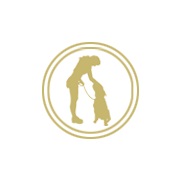Privacy Policy: Your email address is 100% safe.
We don't spam and hate it as much as you do :-) You can also unsubscribe from our mailing list at any time.
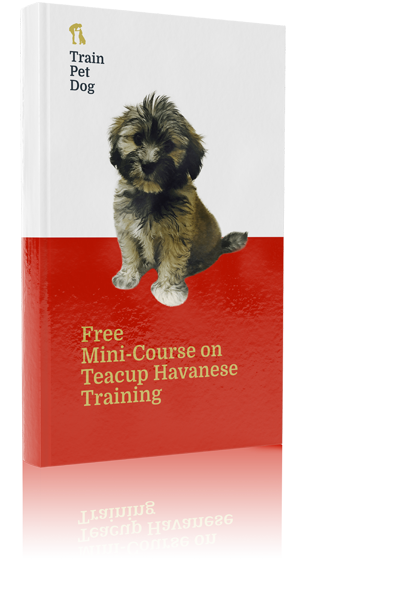
Sign Up
Teacup Havanese: Health, Diet, LifeSpan, Temperament...
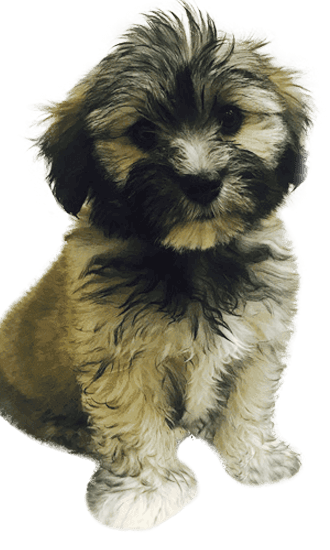
Country of Origin, History of Teacup Havaneses
The Havanese is an old breed that finds its origins possibly dating back to before 100 BC in the Mediterranean region. It likely comes from the Bichon family of dogs and is related to the Maltese, Bichon Frise, and poodle.
The dog remained in Italy and Spain for a long time before finding its way aboard ships destined for Cuba. It is in Cuba that the modern breed formed, hence its nickname of the Havana silk dog.
In Cuba, the Havanese was a companion dog that was a pampered pet of the aristocrats. His cute looks, good demeanor, and size helped him gain popularity in America after the Cuban revolution in the late 1950s.
The teacup size of the Havanese is not a recognized size class but instead refers to a Havanese that is smaller than its breed standard. Teacup sized Havanese are produced in a normal litter, and a breeder cannot guarantee the dog's adult size.
Teacup Havanese Tools
Breed Selector Tool - is the Teacup Havanese the right breed for you?
Is the Teacup Havanese the right breed for you and your family?
Find out by using our Free Dog Breed Selector Tool
Check Your Teacup Havanese's Learning Style
Are you aware dogs also have a learning style that can greatly affect their ability to housetrain as well as be trained correctly. Evaluate your Teacup Havanese's learning style and personality using our free Learning Style tool so that you are better able to provide him with the proper Teacup Havanese training methods.
Is your Teacup Havanese dominating over you?
Does your Teacup Havanese bark unnecessarily? Does your Teacup Havanese come to you when you call? Download a FREE Report on Dog Dominance for you and your Teacup Havanese and learn how to control your dog.
Do you make these mistakes with your Teacup Havanese?
Are you inadvertently snow-balling bad behavior in your Teacup Havanese? Evaluate your Dog Training Style from our Free Tool and learn how best to deal with your dog.
Teacup Havanese Calorie Calculator
Do you know how many calories your Teacup Havanese needs every day and how many cups of food you should be giving it every day? Click here to use our Teacup Havanese Calorie Calculator.

A General Appearance of the Teacup Havanese
The Havanese is a rectangular shaped dog in its outline and should be slightly longer than tall. The normal, breed standard sized Havanese is approximately 7-13 pounds and 8.5"-11.5"; tall at the shoulder.
Teacup Havanese are simply smaller than standard sized dogs averaging 4-7 pounds.
The breed has an interesting coat. It is double coated, but it doesn’t have a harsh texture or wiry guard hairs. Instead, the coat should be naturally long and silky, soft to the touch. Occasionally genetics gives an individual dog short hair, which is not desirable. These dogs are sometimes nicknamed Shavanese.
He has a tail that is carried over the back in a plume shape. The teacup Havanese can come in any color at all, and all colors are acceptable within the standard. They can be solid colors or in any combination. Havanese in shades of white, cream, brown, black, and in any combination are common. It is also not unusual to see freckling or spots on a Havanese’s skin.
Another unusual part of the Havanese is that his coat can be brushed and kept long or can be allowed to cord, with assistance. Cords appear on other breeds like Puli and Komondor and can make for an interesting look.
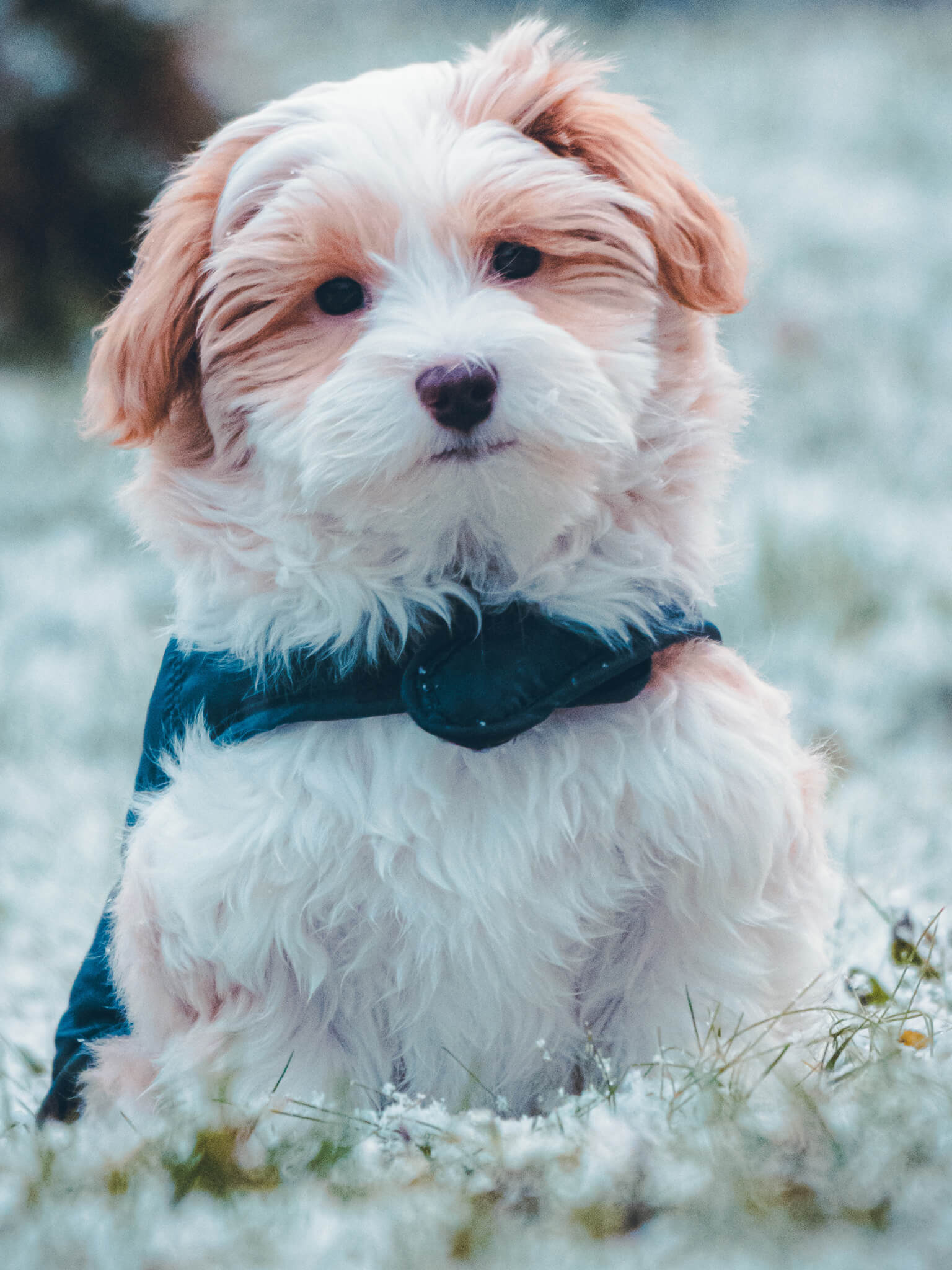


Free Teacup Havanese Training Secrets
Free Course on Teacup Havanese Training & Obedience
Stop All Bad Behavior, Excessive Barking and Biting
Teacup Havanese Personality Traits
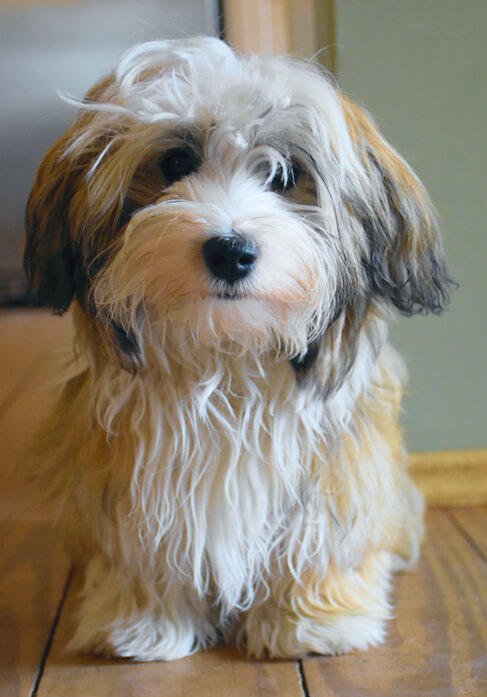
Temperament
The Spanish Water Dog is an extremely intelligent, fearless, ever-active, strong, attentive, happy and well balanced versatile working dog with strong herding, hunting and guardian instincts. It is a devoted companion. It is reserved, not shy, with strangers. They can be protective and territorial.
Are they suited to families with kids?
Most of them are good with children and other animals if properly socialized.
Training
As with all very small dogs, housetraining can pose a problem. Good adherence to crate training is recommended. Apartments might necessitate pee pads or indoor grass potties.
Otherwise, the Havanese is an intelligent breed willing to please. They are easily motivated to work, but harsh training methods are not suggested. They make eager companions for the Obedience ring, if desired.


Free Teacup Havanese Training Secrets
Free Course on Teacup Havanese Training & Obedience
Stop All Bad Behavior, Excessive Barking and Biting
Teacup Havanese Activity Level
The Havanese is a fairly energetic little dog, so plenty of daily exercise and training is required. They love to go for walks, but they are prone to pulling on the leash due to excitement.
The teacup variety requires less exercise, but a good daily walk would still be beneficial along with plenty of playtime.
Grooming
The Havanese is a natural looking dog, and it does not typically necessitate top knots or bows in the hair. But, the beautiful coat does require very regular brushing with a pin brush or comb to keep it tangle free.
If you choose to go with a corded look, ask a professional groomer or Havanese breeder how to correctly cord the coat for the right look. Once corded, this type of coat requires no brushing at all.
Some people prefer not to cord or keep the teacup Havanese’s hair long. Then, monthly trips to the groomer will be necessary in order to keep his hair clipped in a puppy cut.
As with all very small dogs, good dental care is necessary to avoid dental disease, and routine ear cleaning, nail trims, and baths round out the grooming.


Free Teacup Havanese Training Secrets
Free Course on Teacup Havanese Training & Obedience
Stop All Bad Behavior, Excessive Barking and Biting
Health and Care
The Havanese is generally regarded as fairly healthy compared with other breeds, but there are certain issues to watch out for.
Some of the more important health considerations that affect Havanese are: deafness and hearing problems, eye issues like juvenile cataracts, liver shunts, heart problems, orthopedic issues like patellar luxation and hip dysplasia, skin problems and allergies, and chondrodysplasia, which is where there is a premature closing of the growth plates. This causes the front legs, one or both, to appear crooked or bowed, depending on the severity.
Any puppy should come from a breeder that conducts genetic testing for hearing, eyes (CERF), and hips (OFA).
Teacup Havanese should always be vet checked for any conditions that might contribute to the smaller size like heart problems, liver conditions, etc. as well as be carefully monitored to avoid hypoglycemia.
They will require more care throughout their lives as there are increased risks when using vaccinations, medication, anesthesia, etc. Always consult with your veterinarian about your dog prior to giving it anything new. A very tiny dog can quickly be adversely affected.
Teacup Havanese should not be allowed to jump on and off of furniture to protect their fragile bones and no rough playing with people or other dogs.
National Breed Clubs
Group: Toy Group.
AKC Popularity Ranking: 24
Train Your Teacup Havanese To Listen To You
Get Instant Access to Your Training Now - For Free
Sign up for our Free Teacup Havanese Mini Course to have a housebroken, obedient dog that happily comes to you every time you call.
You'll learn new commands to obedience-train your dog as well as how to housebreak your dog in 6 days or less.
You'll also learn how to eliminate bad habits like barking, nipping or biting, jumping, or pulling on the leash.Here's just s small fraction of what else you'll learn in the course:
How to lead and think like a pack dog - the new psychology.
3 dangerous mistakes that most owners make when they are trying to potty train their dogs.
The 2 main reasons why your dog barks excessively and how to control its excessive barking.
How to obedience train your Teacup Havanese to permanently end behavioral problems like Jumping, Aggression, Pulling on Leash.
A surprisingly easy way to teach your dog cool new tricks.
How to improve your dog's lifespan and keep it from getting overly heavy with a healthy and nutritious diet.
Getting Pro help fast - how to get access to our expert trainers when you need them most.
One hidden psychological trigger that all Teacup Havaneses have... that practically allows you to "analyze" and "control" your dog's every action.
Priority access to the free online seminars conducted by our training experts.
Whereas other dog training related web sites and books offer generic information for dogs in general, ours is the ONLY web site that offers information specifically, from a renowned panel of experts - because as you probably know, s have their own special training requirements that other dogs don't have.
Our Dog Experts
The Teacup Havanese training information you will read here was developed by a panel of renowned dog training experts whose combined wisdom represents nearly 100 years of specialist experience training dogs.
Here are a few of our experts:




